By Joanne YiAt the tail end of 2020, I completed my dissertation, a large-scale study of Asian American children’s literature. In total, I immersed myself in over 350 Asian American picturebooks, published across the last 25 years. This number surprises many, in part, because it is admittedly a large number to study, but also because few Asian American, bicultural stories are popularly known beyond perennial classroom favorites such as The Name Jar (Choi, 2001) and My Name is Yoon (Recorvits, 2003). Below, I share an adapted excerpt of this work and suggest titles for teachers, librarians, and parents to read and learn about beautiful and resilient Asian American identities and experiences: The last few years have brought to light the increasing importance of the #OwnVoices movement in publishing, which highlights and buoys stories that authentically reflect their authors. In my analysis of Asian American picturebooks, it was evident the stories written by Asian American authors were often tomes of lived experience. They included family histories in prison camps, refugee journeys, memories of grandparents, difficult immigration experiences, and much more. As I read Love As Strong As Ginger (Look, 1999), Hannah is My Name (Yang, 2004), A Different Pond (Phi, 2017), and Drawn Together (Le, 2017), I felt pangs of recognition as I recalled my childhood. These picturebooks were Asian American counterstories (Delgado, 1989), narratives that were different in content, perspective, and ideology from those reflecting the mainstream. The latter often racializes Asian American characters, stereotyping them as a monolith, as perpetual foreigners, and as model minorities. In contrast, the power of counterstories is, as Couzelis (2014) wrote, their “potential to destabilize dominant national myths that act as ‘universal’ histories” (p. 16). It is important to realize that many of these stories were intentionally created to provide Asian American representation. Many stories were inspired by the authors’ own childhoods in the United States and were often tied to specific memories, such as playing with cousins while the adults played mahjong or fishing for that evening’s supper, rather than general experiences, such as moving or acclimating to a new school. Several of the texts that disrupted stereotypical tropes did so because the illustrators figuratively drew themselves into stories not originally written with Asian American characters in mind. It’s no small matter that illustrator Louie Chin depicted Asian American siblings in a silly story about dinosaurs crashing a birthday party (Don’t Ask a Dinosaur, 2018), for example, or that Yumi Heo perceived Bombaloo, an imagined manifestation of anger and petulance, as a little Korean American girl (Sometimes I’m Bombaloo, 2002). These stories are meaningful, not because the starring role in a “White” story was filled by an Asian American, but because the stories finally aligned with the imaginations and realities of Asian American children themselves. The difference lies in stories from Asian Americans and storying about Asian Americans. Myths of the model minority are laid bare with authors’ own stories and family histories of poverty, post-immigration traumas, language barriers, and cultural clashes. They are in stark contrast to those more commonly heard tales of joyous overseas adoptions, racially ambiguous people, fearsome ninjas, and fragile origami, and the myths that come with them. Such stories do not produce connections or reflections for readers. Rather, the defining characteristic of the most notable picturebooks was their commitment to authenticity and the telling of lived experiences. Recommendations for Picture Books I encourage educators and families to explore the diverse richness of Asian America and share these stories with the children in their care.
Dissertation excerpt adapted from Yi, J. H. (2020). Representations, Racialization, and Resistance: Exploring Asian American Picturebooks, 1993–2018 (Doctoral dissertation, Indiana University). References Couzelis, M .J. (2014). Counter-storytelling and ethnicity in twenty-first-century American adolescent historical fiction (UMI No. 3620806) [Doctoral Dissertation, Texas A&M University]. ProQuest Dissertations Publishing. Delgado, R. (1989). Storytelling for oppositionists and others: A plea for narrative. Michigan Law Review, 87(8), 2411–2441. Joanne Yi earned her PhD in Literacy, Culture, and Language Education from Indiana University. A proud MotherScholar and former elementary teacher from Philadelphia, her research interests include critical literacies, textual analysis of diverse children’s literature, issues of inclusion and belonging in elementary and early childhood contexts, and reading education. Comments are closed.
|
Authors:
|
CLA
About CLA
|
Journal of Children's Literature
Write for JCL
|
ResourcesCLA-sponsored NCTE Position Statements
|
Members-Only Content
CLA Video Library
|
© COPYRIGHT 2018.
ALL RIGHTS RESERVED |

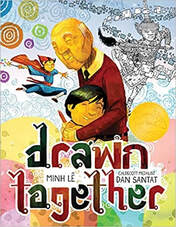
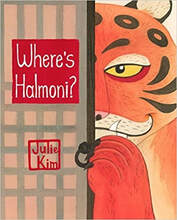
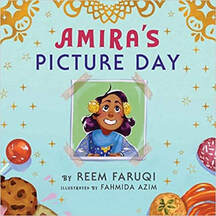
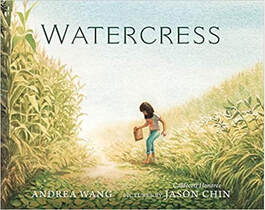
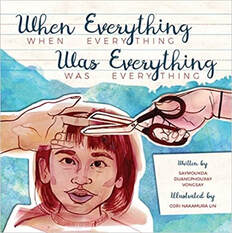
 RSS Feed
RSS Feed